What’s driving this year’s rates increase?
Rates for 2024/25
Increasing interest costs
Everybody will know that interest rates have continued to increase over the last 12 months. This also affects Council as we borrow money to pay for capital projects (i.e. buildings or infrastructure), and we are planning to borrow an additional $41 million in year one to fund our MUST DO capital projects.
The impact of inflation
When we forecasted our future rates increases in 2021 they included around 2.5% inflation – what we’ve seen over the last few years has been MUCH higher. These inflationary pressures will be no surprise to anybody as we’ve all seen groceries and other household bills increasing over the last few years. While what we buy is different to a household - like pipes, bitumen, and chemicals for water treatment, these costs have all increased too. For 2024/25 our experts project Local government inflation (based on the Capital Goods Price Index) to be 3.9%. These increases drive up our operating costs, and make up nearly 3% of the total proposed rates increase this year. It is important to note that our budgets and projections are sensitive to any changes in inflation. In putting together this 10 year plan, we have relied on the assumptions that the experts have provided, but any fluctuations will require Council to consider, as we do with each Annual Plan, the impact on services and/or rates.
Roading
The cost of operating the road network (road marking, mowing, pot holes etc) has risen over and above the standard rate of inflation outlined above.
Water, wastewater and stormwater increases
The additional regulations introduced by central government in our three waters activities (e.g. reporting on water quality) come at a cost. We’ve covered some of the capital costs throughout this document, but there are also increases to the day to day operating costs to run our treatment plants and undertake the necessary monitoring to ensure we comply with our resource consents and regulations.
Staff capacity
We are also planning to invest more in technology. The technological landscape has changed significantly and is further exploding with the rise of artificial intelligence and automation. We know we could use technology smarter to reduce our overall operating costs – or at least slow the steep increases of recent years. But to make those savings a reality requires an upfront investment – including some additional staff.
Our district is growing and that means there are more reserves to mow, more consents to process, more projects to manage and so on. While that growth brings more money into the district, there is also a corresponding cost – we need additional staff to meet the demand and ensure we are planning ahead for the future. In addition to the operating costs for water, wastewater and stormwater outlined above, we also need staff and systems to complete the additional monitoring and reporting that we are now required to do.
Desludging our wastewater plants
Wastewater is everything that goes down the drain - from sink water to sewerage. We treat this to a high standard and discharge the clean water back to the environment - but there are also solids left over as part of this process, known as ‘sludge’. Sludge accrues over time, but needs to be disposed of in an environmentally friendly way, and as it is a biohazard, this is costly. Up to now we’ve been using a biochemical treatment, which has slowed the accrual of the sludge/bought us time - but the sludge at our plants has now reached a level where we need to plan and budget for its removal. This is a MUST do, because we can’t risk that biohazard being leaked into the environment.
Other costs
The rest of the increase is made up of small increases across a number of budgets. Things like increasing traffic management costs, insurance increases and other compliance costs.
